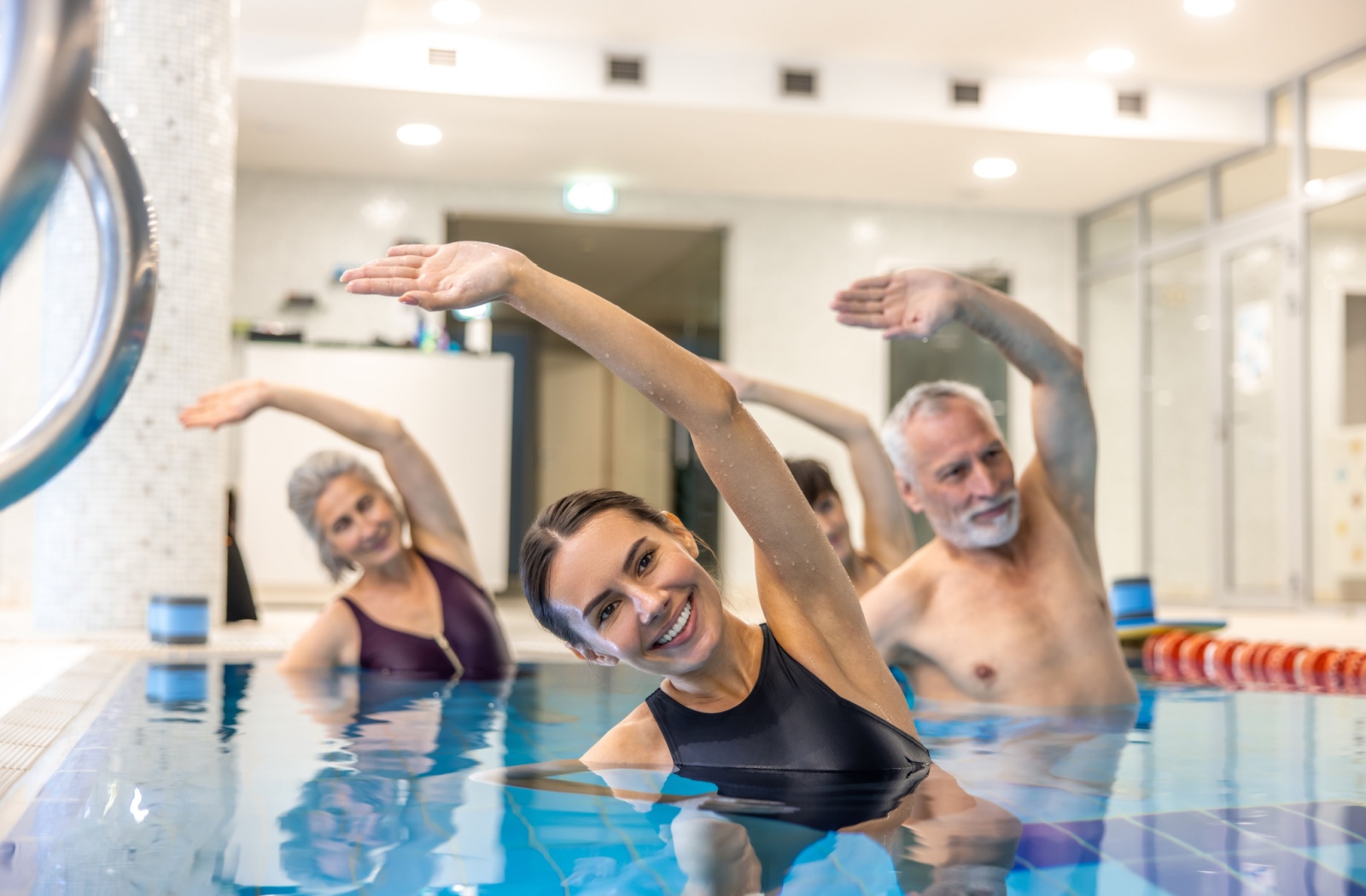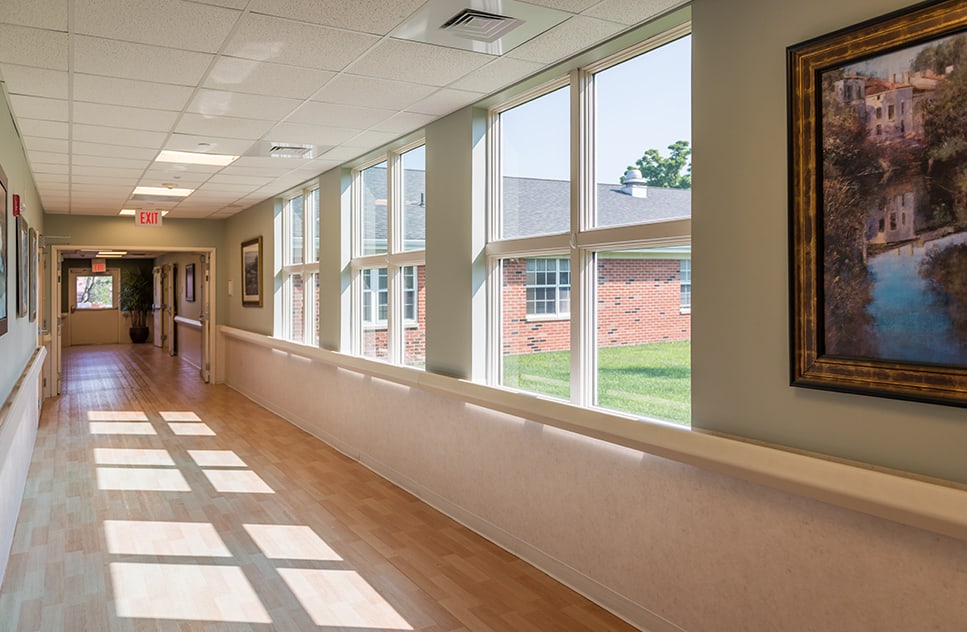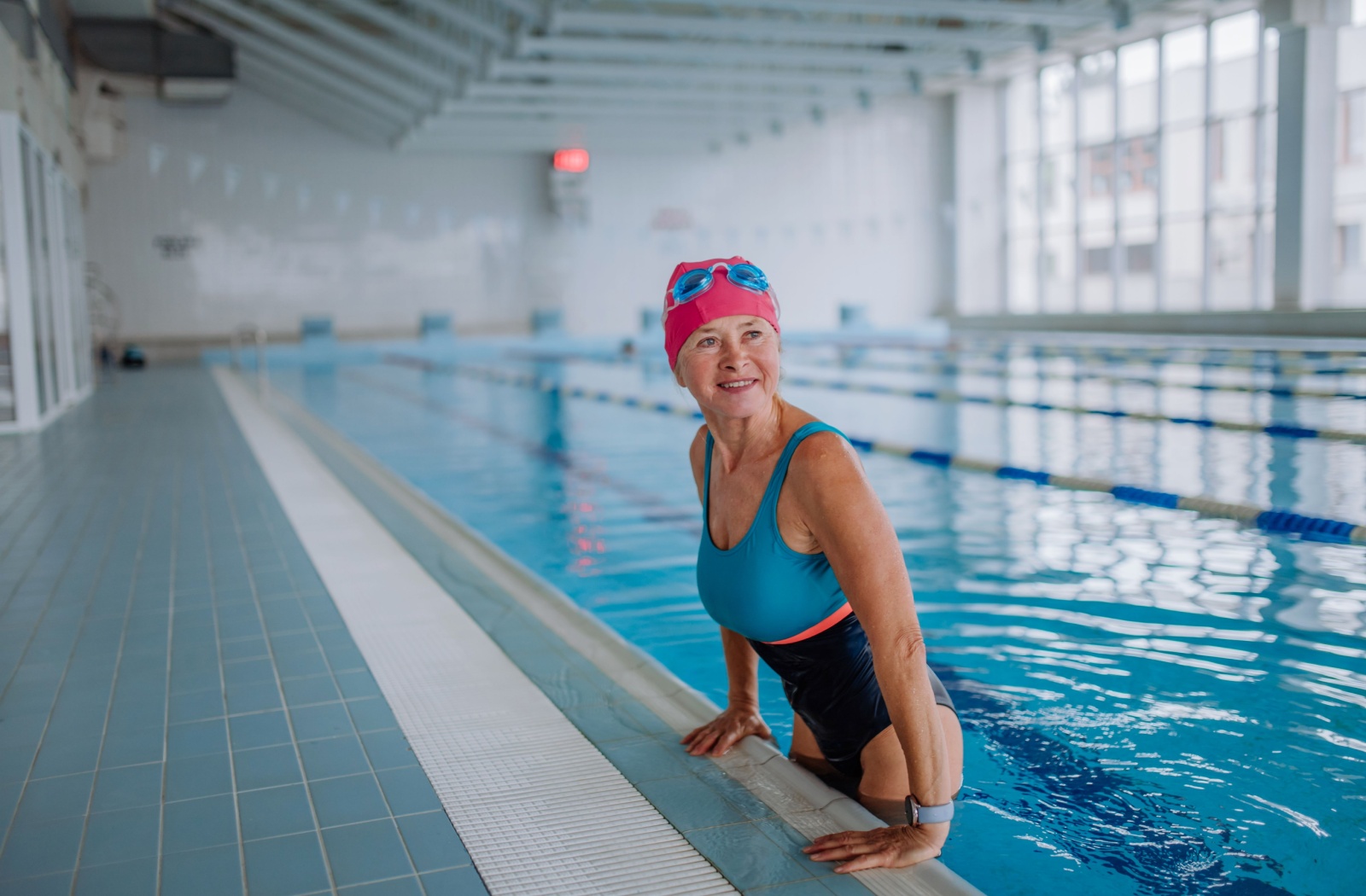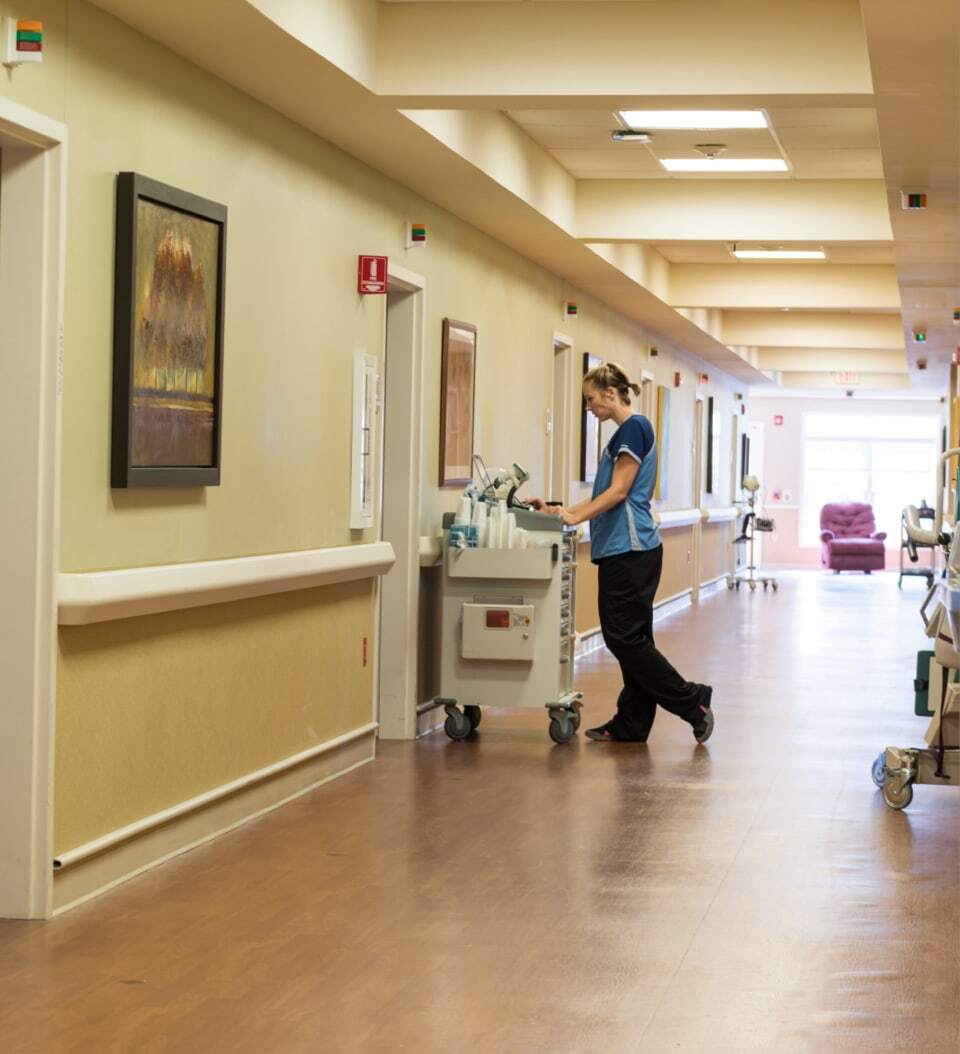Exercise and physical activity are pivotal in maintaining good health as we age. Staying active can improve strength, energy levels, and mental clarity while helping to prevent or manage chronic conditions like arthritis and heart disease.
But for many seniors, high-impact activities such as jogging or weightlifting can feel too demanding—or even risky. That’s where swimming shines.
Swimming offers a low-impact, full-body workout that’s good exercise for seniors. Gentle on the joints and highly customizable to different fitness levels, it’s an enjoyable way to stay active while promoting overall well-being.
How Swimming Benefits Seniors
The benefits of swimming aren’t exclusive to seniors, but they have some substantial benefits.
Boosts Cardiovascular Health
Swimming is an excellent aerobic exercise that helps strengthen the heart and lungs. Regularly engaging in swimming can lower blood pressure, improve circulation, and enhance endurance. The buoyancy of water reduces the strain on your body, making it easier and more enjoyable to incorporate consistent cardiovascular exercise into your routine.
The American Heart Association recommends at least 150 minutes of moderate aerobic activity per week, and swimming provides a wonderful way to meet that goal without the impact of running or brisk walking.
Gentle on Joints
One of the biggest challenges many older adults face with traditional workouts is joint pain or stiffness, often exacerbated by conditions like arthritis. Swimming offers a welcome relief by allowing you to move freely without putting stress on your joints. The water supports up to 80% of your body weight, minimizing strain while increasing your range of motion.
Even simple water aerobics or floating can help ease discomfort and maintain mobility for those with chronic joint issues.
Builds Muscle Strength
Swimming engages nearly every muscle group in the body, from your arms and shoulders to your core and legs. If building strength while avoiding heavy lifting sounds ideal, swimming is a fantastic choice. Pushing against water resistance effectively strengthens muscles with less perceived effort.
Even leisurely swimming laps or exercises like leg kicks and arm pulls can promote muscle tone and reduce the risk of muscle mass loss, which naturally occurs as we age.
Improves Flexibility & Balance
The flowing, repetitive movements involved in swimming help stretch muscles and improve flexibility over time. Because water resistance slows your movements, swimming also encourages control and balance, reducing the likelihood of falls—a common concern for seniors.
After consistent swimming sessions, you may notice improved posture, mobility, and overall body awareness.
Enhances Mental Health & Mood
Beyond the physical benefits, swimming has impressive effects on mental health. Immersing yourself in water can be incredibly calming and meditative, helping to alleviate stress and tension. Additionally, aerobic exercises like swimming can stimulate the release of endorphins, those feel-good chemicals that naturally improve mood.
Some studies even suggest that swimming can slow cognitive decline, improve sleep, and reduce symptoms of anxiety and depression—making it not just great for your body but for your mind as well.

Safety Considerations for Seniors Who Swim
Safety is always a priority, no matter your age or fitness level.
Consult with a Healthcare Provider
Before starting any new workout routine, including swimming, consult your doctor—especially if you have underlying health conditions like heart disease or diabetes. They can provide guidance specific to your physical abilities and recommend the safest ways to approach exercise in water.
Swim Under Supervision
Whether you’re swimming laps or participating in a community water aerobics class, it’s always a good idea to have someone nearby in case of emergencies. Consider facilities with lifeguards on duty or partner up with a friend or family member.
Follow Pool Safety Tips
Each pool may have unique rules, but the following apply to most situations:
- Enter the pool slowly to avoid slips or stumbles
- Although you’re in the water, swimming can still dehydrate your body, so stay hydrated
- Protect against muscle cramps by stretching before swimming and pacing yourself during long sessions
- Choose a pool that is a safe and comfortable temperature
Other Low-Impact Activities Seniors Will Love
If swimming isn’t for you or you’d like to mix it up, there are a variety of other low-impact physical activities you can try to stay active:
Walking
Walking is one of the simplest and most accessible activities for many seniors. It’s an excellent way to improve cardiovascular health and strengthen leg muscles, whether it’s a morning nature stroll or laps at the local mall.
Tai Chi
This ancient Chinese practice promotes balance, flexibility, and mindfulness. Often described as “meditation in motion,” Tai Chi is gentle yet highly effective for improving posture and reducing the risk of falls.
Cycling
Stationary cycling provides an easy alternative for those who want to avoid swimming or walking. Using a recumbent bike is particularly beneficial for those who need added lumbar support.
Yoga
Yoga caters to a wide range of fitness levels, with specific classes tailored for seniors. Stretching and controlled breathing helps bolster flexibility and mental relaxation.
Water Aerobics
If lap swimming isn’t quite your speed, water aerobics classes offer a fun, social, and equally beneficial way to enjoy the water’s advantages in a group setting.
Take the First Step Towards Better Health
Swimming is more than just a fun summer activity—it’s a full-body workout that can significantly improve and maintain good health as you age. From boosting cardiovascular health to enhancing flexibility and mental well-being, it’s a low-impact, versatile exercise that proves age is no barrier to staying active.
If you’re looking for ways to stay active as a senior or want to explore community options that provide diverse activities, contact our team at Kingston of Miamisburg. We’d love to answer your questions and schedule a community tour.







